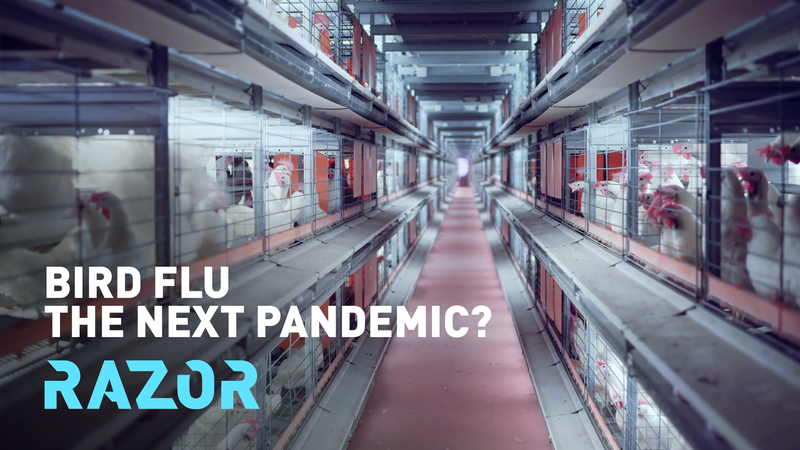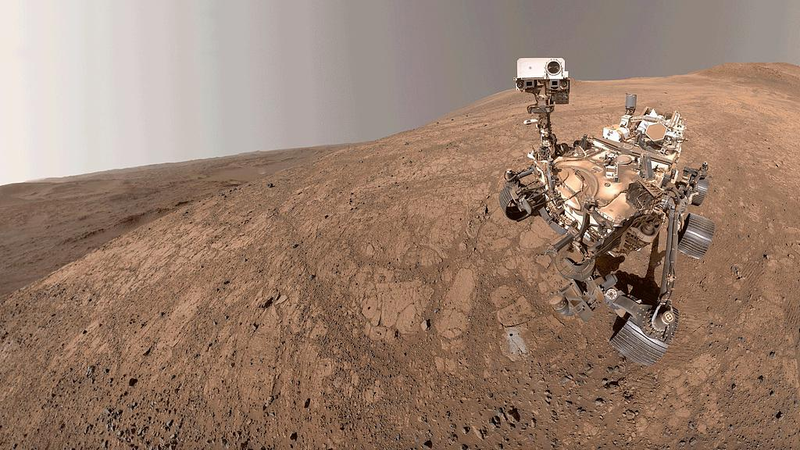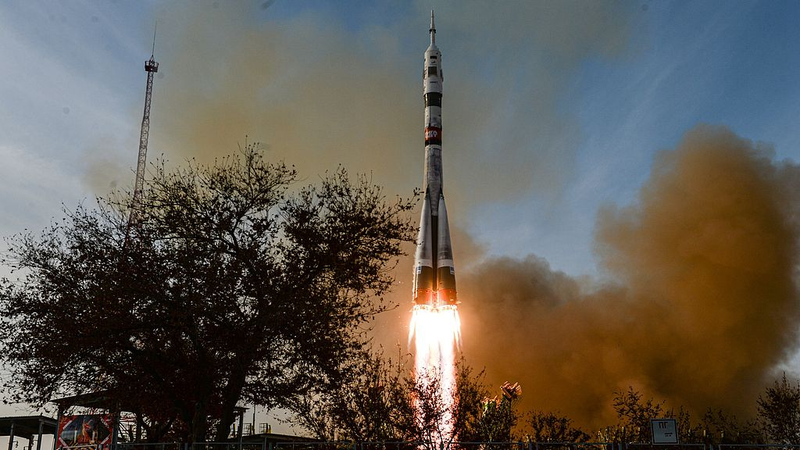Hey folks, here’s a quick update on a virus that’s raising eyebrows around the globe! A strain of avian influenza known as H5N1 is spreading at an unprecedented pace among both farmed and wild birds, and it’s even affecting a growing number of mammals. With over 500 wild bird species and nearly 50 mammal species impacted, the virus is making waves from Antarctica to the U.S. 🦅🌍
In a surprising twist, experts on the ground have recorded the first outbreak of H5N1 in Antarctica, a continent known for its pristine nature and iconic species. Meanwhile, in the UK, researchers like Professor James Wood have found that wild birds now play a major role in transmitting the virus into poultry farms—overtaking the previous main route of moving infected poultry between farms.
The story gets even more intriguing in the U.S., where the virus has jumped to dairy cattle. More than 1,020 herds across 17 states have been affected. Although there have been 70 confirmed human cases—mostly mild, with just one fatality—the situation is being closely monitored by scientists and public health experts.
Experts such as Dr. Tom Frieden and Professor Debby van Riel from the Erasmus Medical Centre are carefully studying the virus’s mutations. Recent research suggests that H5N1 might only be one mutation away from becoming transmissible between humans, which is certainly a call for caution. The good news? A vaccine targeting this strain already exists, and our preparedness today is far better than it was over a century ago.
So, while the news may sound alarming, there’s no need to panic just yet. Health organizations worldwide are keeping a close eye on the developments, and ongoing research is aimed at ensuring that we’re one step ahead. Stay informed, and remember, science is on our side! 👍
Reference(s):
cgtn.com




